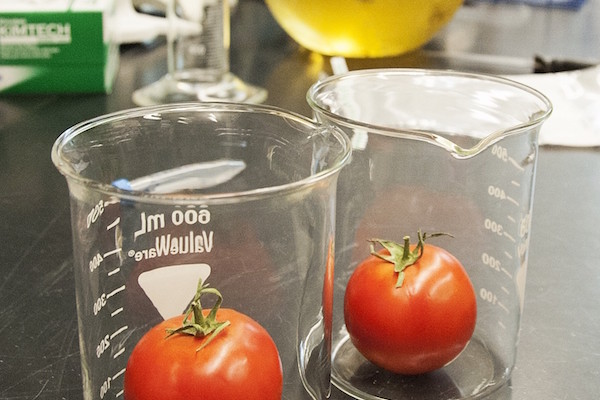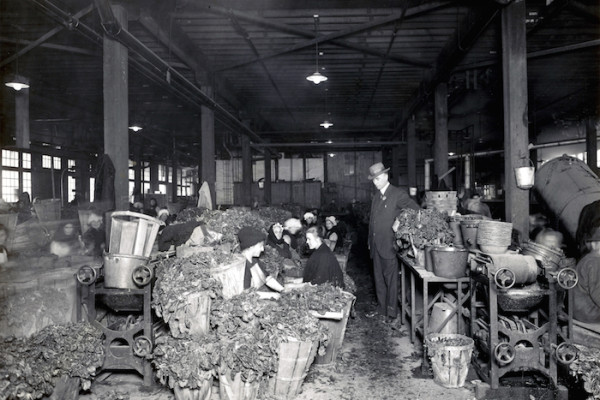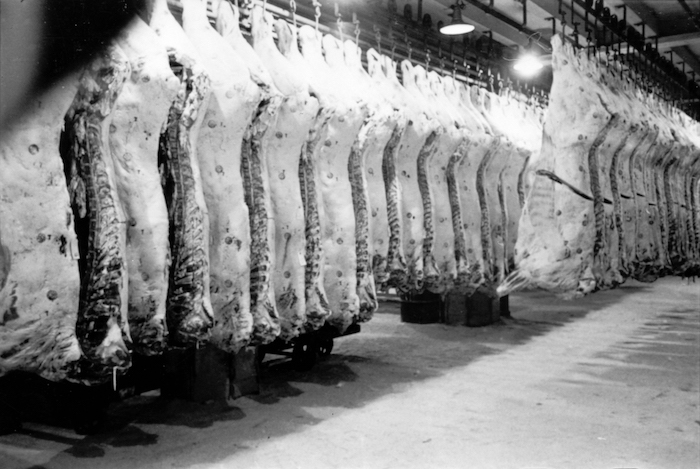
Almost everyone in the world will experience food or waterborne illness at some point in their lives. Since foodborne illness is so easy to catch and is fatal at times, it is most important to make sure that the food we eat is not contaminated with potentially harmful bacteria, parasites, viruses, toxins, or chemicals.
The term “food safety’ describes the handling, preparation, and storage of food with the goal of preventing foodborne illness. This is achieved by sticking to specific standards and routines that avoid the likelihood of catching a foodborne illness as much as possible. Some things to be considered are the origins of food, food handling and labeling, food hygiene, food additives and pesticides, and policies on biotechnology and food guidelines for the management of governmental import/export inspection for certain foods.
People have recognized that food can make you sick as far back and history goes, and there have been several small steps in establishing the food safety standards we have today. The Ancient Egyptians were the first to develop silos, which are designed to safely hold grain from the fields. In 1805, Oliver Evans invented an icebox when he realized that food is safer when it is kept cold. It was not until 1862 that President Abraham Lincoln founded the U.S Department of Agriculture which were the first laws ever made in regards to food safety, land cultivation, conservation, and economic development.
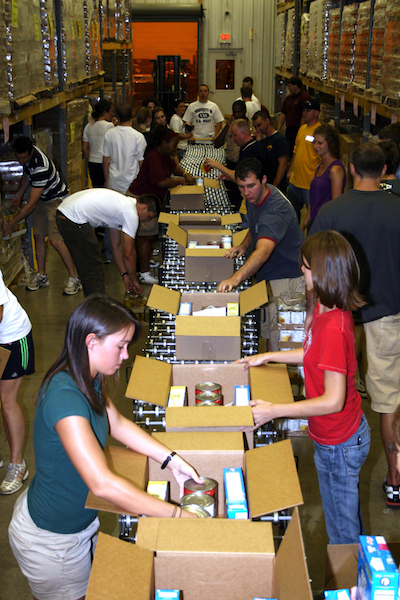
The United States has very particular laws today that deal with food safety, but they vary from country-to-country. Here are a few examples:
Food Safety Laws in Australia
- Like the U.S., concerns with food safety in Australia include the production, distribution, preparation, and storage of food. Food Standards Australia and New Zealand is the main organization for food safety that is comparable to our FDA.
- The first food regulation law in Australia was the Victorian Public Food Act of 1854. It dealt with concerns with adulterated foods and allowed the Board of Health to fully examine, seize, and destroy potentially harmful foods.
- Raw milk is sold in Australia but must be labelled as “not for human consumption”. It is used as “bath milk” for bathing but can often carry salmonella, E. coli, and listeria.
Food Safety Laws in China
- The Chinese government oversees all agricultural production as well as the manufacture of packaging, containers, chemical additives, drug production, and business regulation.
- China’s main concerns with crop safety are with the rice, corn, wheat, soybeans, and cotton. Pork, beef, dairy, and eggs are the main concerns with livestock.
- China has about ten national government departments that are responsible for ensuring food safety. The food regulations very complex though, and sometimes the government departments that enforce policies have overlapping and ambiguous duties.
- China’s agricultural system is mostly made up of small landholding farmers. The land in China, however, has much less arable land compared to other nations. Therefore, Chinese farmers have to use more fertilizer and pesticides to maintain such a high food production.
Food Safety Laws in Canada
- Created in 1997, the Canadian Food Inspection Agency is the regulatory agency that is responsible for the safeguarding of food, animals, and plants in order to maintain the well-being of the Canadian citizens, environment, and economy.
- The Minister of Health is responsible for the Canadian Food Inspection Agency and also responsible for establishing policies and standards for food safety and nutritional quality of all food and drugs sold in Canada.
Food Safety Laws in Europe
- The European Food Safety Authority is the agency of the European Union that provides independent scientific advice and communicates about potential risks in food. The EFSA mostly deals with food and animal feed safety, animal health, and plant protection.
- The ESFA has been criticized for their alleged over regulation and allegations of frequent conflicts of interest.
Food Safety Laws in Mexico
- Mexico is the largest importer of American beef and variant meats. Texas Tech University established a way to test the food contamination and unsanitary practices in food processing in Mexico. Proper export of meat from Mexico is very important to us here in the U.S.
- The only current food safety regulations are monitored by the Mexican government and other food safety programs in Mexico such as the “Tipo Inspeccion Federal.”
Food Safety Laws in Russia
- Agriculture in Russia survived a severe transition decline during the 1990’s when the country struggled to transform from a command economy to a market-oriented system. In less than ten years, livestock inventories declines by half, reducing the demand for feed and grains by 25%. The use of mineral fertilizer and other inputs drove yields down, so most farms could no longer afford to purchase up-to-date equipment and other investments. After about ten years of the decline, Russian agriculture has started to show some improvement, but still has a ways to go.
- Russian agriculture today is divided into three main types of farms:
- Corporate farms
- Household plots
- Peasant farms
- Russia is mainly known for the production of tobacco products, sausages, fish, vegetable oil, tea, soft drinks and mineral water.
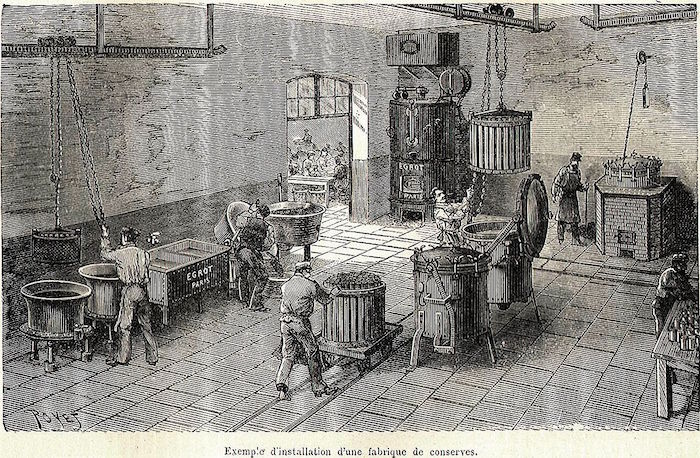
Click here to browse more food safety statistics by country!



